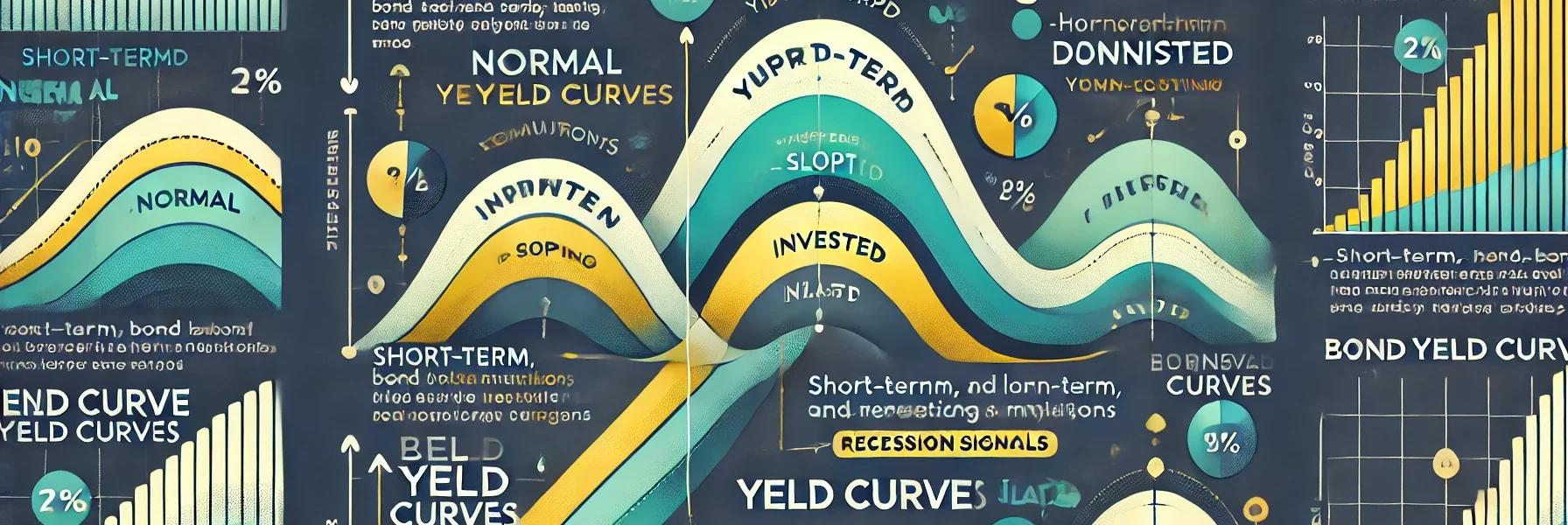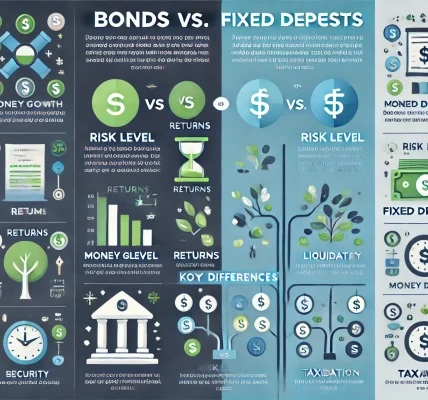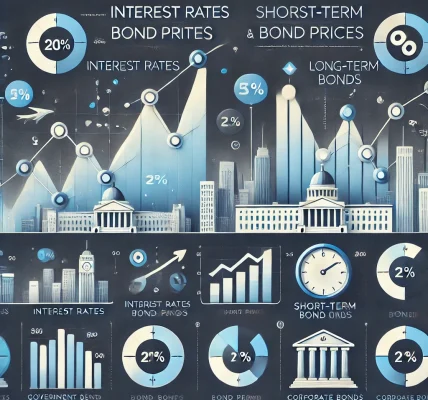Understanding bond yield curves is essential for investors who want to make informed decisions about bond investments and overall market conditions. Yield curves provide a visual representation of the relationship between bond yields and maturities, offering insights into future interest rate movements, economic health, and potential investment risks.
In this comprehensive guide, we will explain what bond yield curves are, how to interpret different curve shapes, and how investors can analyze them to make strategic financial decisions.
What Is a Bond Yield Curve?
A bond yield curve is a graphical representation showing the yields (interest rates) of bonds with different maturities, usually issued by the government. The x-axis represents the bond maturity (e.g., 1-year, 5-year, 10-year, 30-year), while the y-axis shows the yield or interest rate.
Key Components of a Yield Curve:
- Yield: The return an investor receives on a bond.
- Maturity: The time until the bond repays its principal.
- Term Structure of Interest Rates: This reflects how interest rates vary with different bond maturities.
Yield curves are crucial because they reflect investor expectations regarding future interest rates and economic performance.
Types of Bond Yield Curves
Yield curves come in different shapes, each providing unique insights into the economy:
1. Normal Yield Curve
- Shape: Upward sloping
- Interpretation: Long-term bonds have higher yields than short-term bonds, reflecting expectations of a growing economy and rising interest rates.
- Implication for Investors: Suggests economic expansion and normal market conditions.
2. Inverted Yield Curve
- Shape: Downward sloping
- Interpretation: Short-term bonds have higher yields than long-term bonds, signaling expectations of declining interest rates and a potential economic slowdown.
- Implication for Investors: Often considered a predictor of economic recession. Investors may seek safer, long-term bonds to lock in current rates.
3. Flat or Humped Yield Curve
- Shape: Flat (yields are similar across maturities) or slightly hump-shaped.
- Interpretation: Indicates economic uncertainty or a transition phase where interest rates may stabilize.
- Implication for Investors: Mixed signals regarding future economic performance and interest rate changes.
How to Read a Bond Yield Curve
Reading a yield curve involves analyzing its shape and understanding the factors driving its movement.
Step 1: Identify the Curve Shape
Determine whether the yield curve is normal, inverted, or flat.
- Normal Curve: Positive economic outlook, rising inflation expectations.
- Inverted Curve: Warning sign of a potential recession.
- Flat Curve: Economic uncertainty or monetary policy shifts.
Step 2: Compare Short-Term vs. Long-Term Yields
- Wider Spread: Normal conditions with expected growth.
- Narrowing Spread: Caution, as it may signal economic weakness.
Step 3: Monitor Changes Over Time
- Steepening Curve: Indicates higher future interest rates and economic growth.
- Flattening Curve: Signals lower future interest rates and potential slowdown.
Factors Affecting Bond Yield Curves
Several factors drive changes in the shape of yield curves:
- Monetary Policy
- Central banks (e.g., the Federal Reserve) influence short-term interest rates through policy decisions.
- Tightening monetary policy raises short-term yields, while easing reduces them.
- Inflation Expectations
- Higher inflation expectations increase long-term yields.
- Lower inflation expectations decrease long-term yields.
- Economic Conditions
- Strong economic growth typically steepens the yield curve.
- Economic contractions can invert or flatten the curve.
- Global Events and Market Sentiment
- Geopolitical uncertainty or financial crises can drive demand for safe-haven bonds, affecting the curve shape.
How to Analyze Bond Yield Curves for Investment Decisions
Yield curve analysis helps investors evaluate risks and identify opportunities.
1. Predicting Interest Rate Movements
- Steep Yield Curve: Expect higher future interest rates.
- Flat Yield Curve: Stable or uncertain rate outlook.
- Inverted Yield Curve: Anticipate lower future rates.
2. Choosing Bond Durations
- Normal Curve: Prefer long-term bonds for higher yields.
- Inverted Curve: Short-term bonds to avoid long-term risk.
- Flat Curve: Diversify between short- and long-term bonds.
3. Timing the Market
- Use yield curve shifts to anticipate market cycles.
- Inverted curves may signal a move to safer assets.
4. Assessing Credit Risk
- Widening credit spreads (the difference between government and corporate bond yields) indicate increased credit risk.
Real-World Examples of Yield Curve Impacts
1. 2008 Financial Crisis
- An inverted yield curve preceded the global financial crisis, accurately signaling a recession.
2. COVID-19 Pandemic
- Central banks cut short-term rates, flattening the yield curve as investors sought safety in government bonds.
Common Pitfalls in Yield Curve Analysis
- Over-Reliance on the Yield Curve
- While useful, the yield curve should not be the sole predictor of future market movements.
- Misinterpreting Inversions
- Not all inverted yield curves lead to recessions immediately.
- Ignoring External Factors
- Global events and policy decisions can distort yield curves.
Legal Considerations When Analyzing Yield Curves
- Disclosure Compliance: Ensure all investment decisions based on yield curve analysis are backed by documented research.
- Regulatory Standards: Adhere to local and international guidelines when presenting yield curve interpretations.
Disclaimer: This content is for educational purposes only and does not constitute financial or legal advice. Always consult a financial professional before making investment decisions.
Conclusion: Mastering Bond Yield Curve Analysis
Understanding and interpreting bond yield curves is a powerful tool for investors seeking to navigate fixed-income markets. By recognizing different yield curve shapes, analyzing key economic factors, and monitoring changes over time, investors can make informed decisions and anticipate market trends.
A disciplined approach to yield curve analysis, combined with independent research and legal compliance, allows investors to effectively manage risks and identify opportunities in bond markets.



